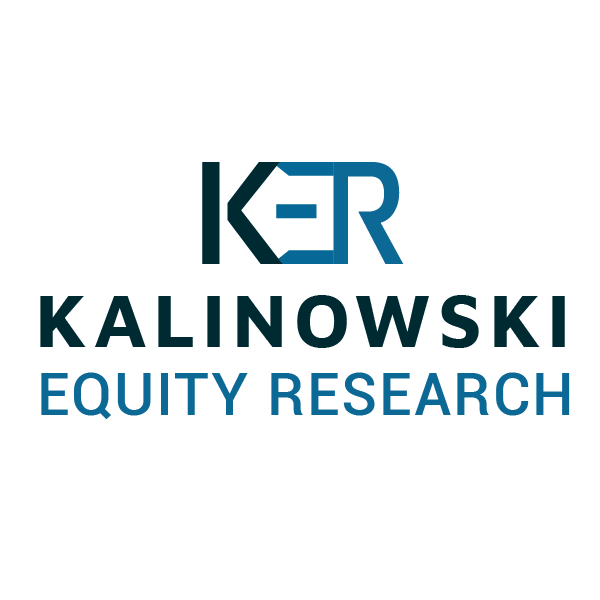By Ryan D. Lavender
Published on May 5, 2021 at 1:22 PM
Earlier today, Dine Brands reported adjusted Q1 EPS of $1.75, well above our $0.80 forecast and sell-side consensus (according to Consensus Metrix) of $0.87. We attribute the EPS outperformance relative to our forecast to: (1) a much more favorable tax rate than projection (-6.6% actual vs. 25.0% projected); this helped Q1 EPS by about +46 cents, (2) better-than-expected Cost of Franchise and Restaurant Revenues as a percentage of Franchise and Restaurant Revenues (47.9% actual vs. 51.8% estimated), (3) more favorable than anticipated G&A/Revenue (19.5% actual vs. 20.6% forecasted), and (4) same-store sales than beat expectations for both Applebee’s U.S. and IHOP U.S.
Read More
By Ryan D. Lavender
Published on March 24, 2021 at 4:22 PM
With this report, we update our data-driven Kalinowski Casual Dining Index for Q1E to -1.2%. This figure is based on our latest proprietary checks/data as regards same-store sales performance for this segment during January, February, and the first half of March. Our implied numbers for this January, February, and all of March are approximately -19%, -20%, and +45%, respectively. (Please note that equal-weighting these months would result in a number equal to +1.7%, but due to much less relative business in March 2020 as compared to January/February 2020, the March 2021 figure is relatively less weighted when we calculate our Q1 index number.)
Read More
By Ryan D. Lavender
Published on March 15, 2021 at 4:31 PM
Normally, when looking at two-year same-store sales trends, the magnitude of the numbers involved is so low that the two-year rate is calculated by just adding the two years together. The “errors” this simple method produces are negligible. For example, a concept that generates +5.0% same-store sales in the year-ago period, and -5.0% same-store sales in the current period, would have a simple-method two-year number of 0.0%. But the actual math works out to a two-year figure of -0.3%, because the base in the current period is +5.0% larger than what it was in the year-ago period.
Read More

